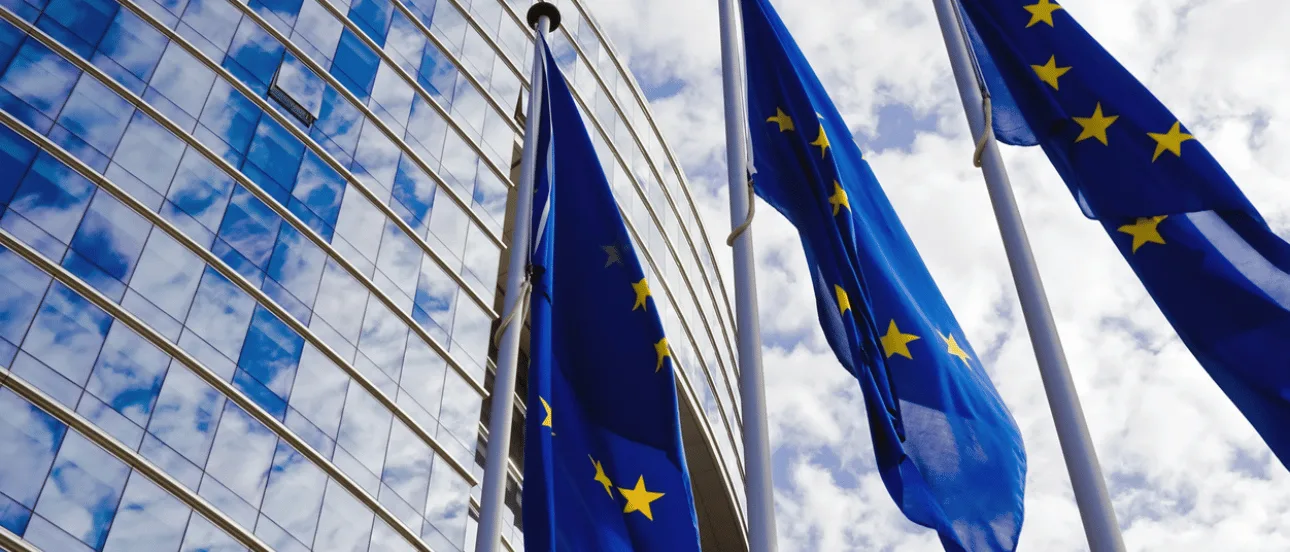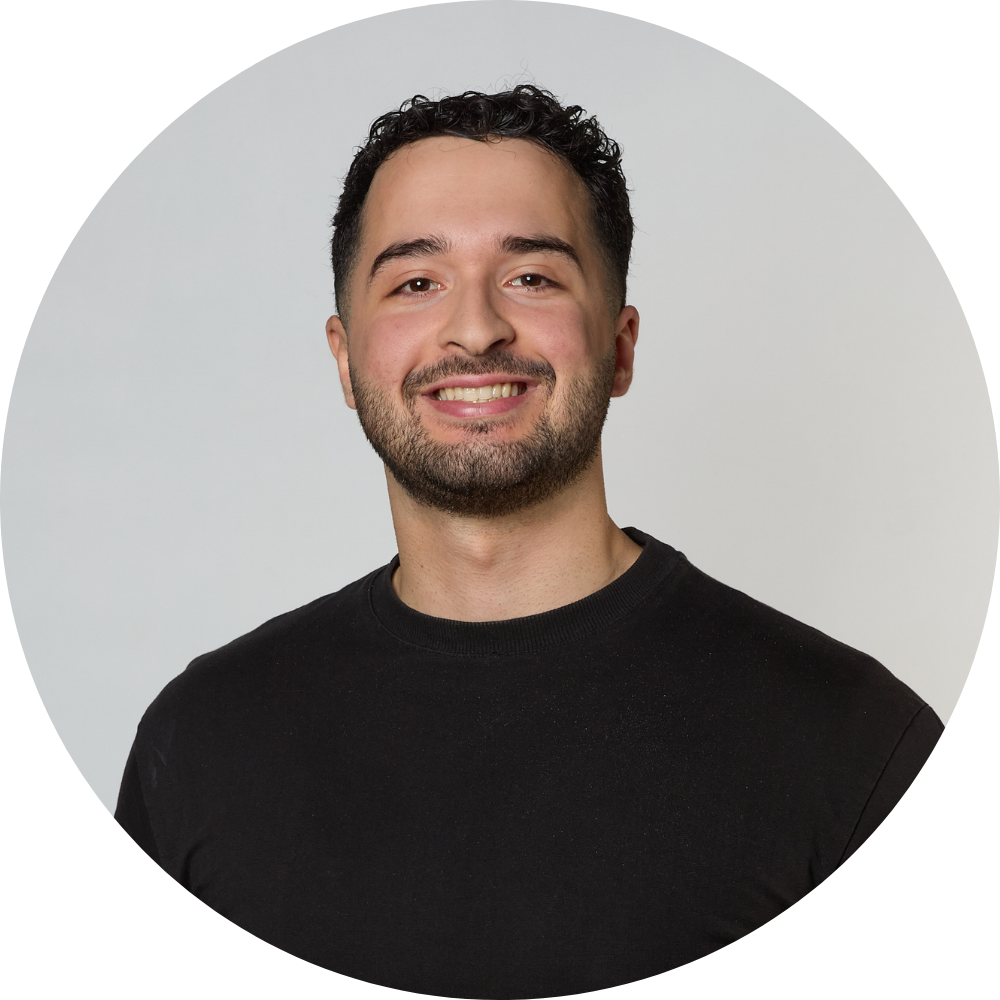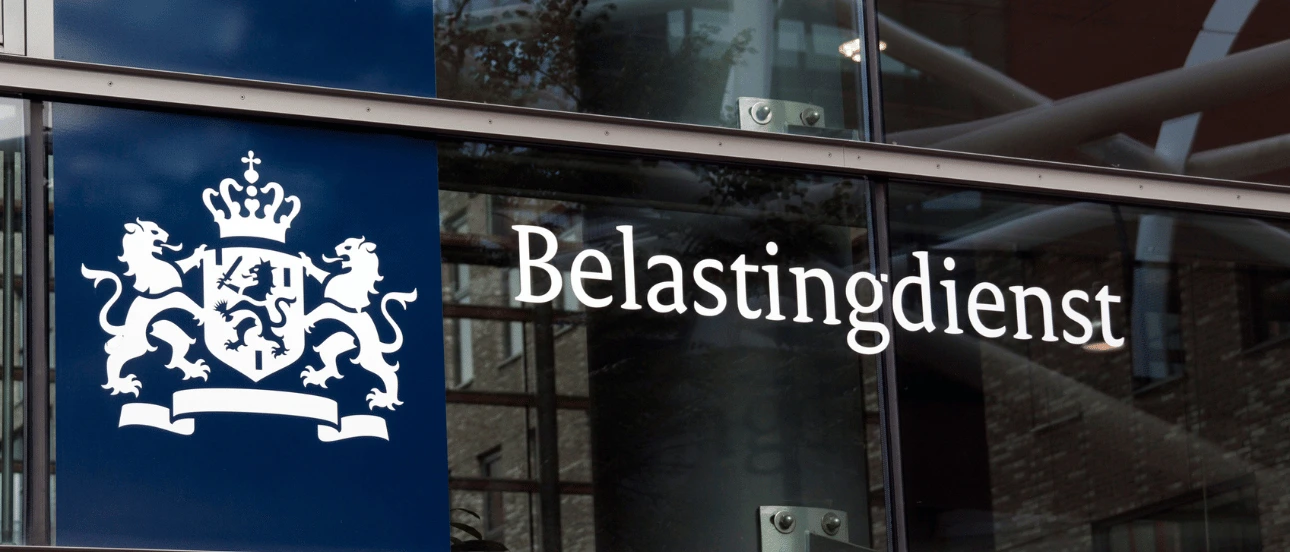What is VAT transferred?
Shifted VAT means that the obligation to charge and remit VAT shifts from the supplier to the customer. In that case, you send an invoice without VAT and clearly state that the VAT is reverse-charged. The customer then calculates the VAT himself and reports this in his own VAT return.
The reverse charge mechanism is a charging mechanism applied in sectors or situations where it is more practical or necessary for the customer, rather than the supplier, to pay the VAT. For you as a supplier, it is therefore especially important to know exactly when this scheme applies and how to prepare the invoice correctly.
When should you reverse charge VAT?
You use the reverse charge mechanism only if the situation below applies. In these cases, VAT reverse charge is mandatory:
- doing business with foreign countries
- subcontracting and staffing in the construction, shipbuilding, cleaning and landscaping sectors
- waste and old materials
- mobile phones, chips, game consoles, laptops and tablets
- immovable assets
- foreclosure sales
- supply of gas and electricity certificates
- sale of gold
- transfer of allowances
- telecommunications services
Read more at when to reverse charge VAT.
How does VAT reverse charge work?
If you reverse charge VAT, you invoice without VAT. You state clearly on the invoice that the VAT is reverse-charged and put your customer's VAT number on it. In addition, you state the amount excluding VAT and indicate which VAT rate would normally apply, so the customer knows how much VAT he must calculate in his tax return.
The buyer calculates the VAT himself based on your invoice. He enters this amount in his tax return and pays the VAT directly to the tax authorities. If the customer himself has normal taxed turnover, he can usually also deduct this reverse charge VAT as input tax in the same return. As a result, he pays nothing extra on balance.
Indications on the invoice
In any case, the invoice must state:
- The text VAT reverse charge
- The amount excluding VAT
- The VAT rate that would normally apply
- The customer's VAT identification number
Always check whether your customer is a businessman and has a valid VAT number. If it later turns out that the VAT number is incorrect, the tax authorities may still hold you liable for VAT. You can check the VAT number via the VIES check.
Filing VAT returns
Applying the reverse charge mechanism means that both you and the customer have to account for something in the VAT return.
VAT has been shifted to you
Are you the customer? Then you must calculate the VAT that has been reverse-charged to you yourself, based on the amount invoiced to you. In your VAT return, enter this amount in section 2a ‘Reverse charge arrangements within the country’.
You shifted VAT yourself
If you are the supplier, report the turnover on which you have reverse-charged VAT in your return. You enter this under the section 1st for supplies that are not taxed at your premises. You do not pay VAT, but you must report this turnover. If you incurred costs for this work on which you paid VAT, you can simply deduct this VAT as input VAT.
Deducting reverse charge VAT
Goods or services for which VAT has been transferred to you can be deducted if preload, but this is only possible if you use them for taxed business activities. If you use them partly for exempt turnover, you may not deduct all VAT. If you, as a supplier, have incurred costs for an order for which you have reverse-charged VAT, you may simply reclaim that VAT paid on your costs.
Advantages and disadvantages
The reverse charge mechanism has advantages and disadvantages that you need to be aware of as an entrepreneur.
Advantages:
- As a supplier, you do not have to pay VAT on the turnover on which you reverse VAT
- The buyer does not have to pre-finance the VAT and processes it directly in its tax return
- It prevents fraud in sectors where it is more common
- In chains such as construction, it prevents you from becoming liable for VAT not paid by others
Disadvantages:
- Administration is more complex and the risk of errors is higher
- An error in the invoice could mean you still have to pay VAT
- Customer may not deduct incorrectly calculated VAT
VAT reverse charge not properly applied
You must always apply the reverse charge mechanism correctly. If you don't, it can result in retrospective assessments, incorrect returns and problems with VAT deductions. What can go wrong depends on your role in the transaction.
As a supplier
Did you incorrectly charge VAT when you should have reverse-charged VAT? Then you still have to pay that VAT to the tax authorities. The invoice must be corrected and you run the risk of an additional tax assessment.
As a buyer
Do you receive an invoice with VAT when the supplier should have offset it? Then you may not deduct that VAT. Ask for a new invoice without VAT and with VAT transferred.
VAT reverse charge mechanism and the KOR
Do you fall under the KOR and you receive an invoice on which VAT has been reverse-charged to you? Then you still have to file a VAT return and pay the reverse charge VAT. You cannot deduct this VAT because you are covered by the exemption. This can be an unexpected expense. If you provide services yourself to which the reverse charge mechanism applies, you invoice without VAT, just as you are used to under the KOR.
Frequently Asked Questions
Is reverse charge VAT mandatory?
Yes, in all situations designated by the government you are obliged to reverse charge VAT.
When do you use reverse charge VAT?
Only in the legally defined cases, such as in construction, for certain electronics above EUR 10000 and for transactions with entrepreneurs in other EU countries.
Why reverse VAT?
Because it is mandatory in specific situations and because it prevents VAT from getting stuck in the wrong place. For the customer, it is beneficial because of cash flow.
How does VAT reverse charge work?
You invoice without VAT, mention reverse charge VAT and the customer calculates and pays the VAT in their own return.






